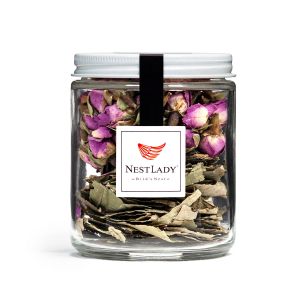Waking up on the Armenian monastery of the Island of San Lazzaro, floating in the mist of the Venetian lagoon, is like waking into a dream itself. Water softly laps around the edges of the monastery and that is about all you can hear except for the occasional speed boat on its way to the Lido.
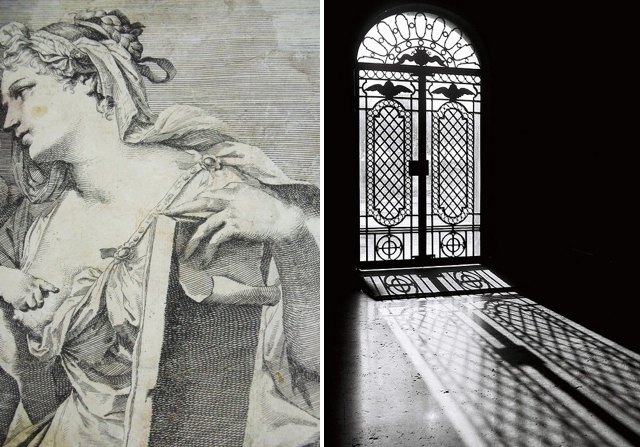
I spent several weeks here over two years during my days interning as an art restorer. While I worked on the flooded etchings and photographs (one of the downsides of living on an island), I stayed as a guest at the monastery. In the evenings after closing the makeshift laboratory, I would catch the vaporetto, glide into Piazza San Marco and then wander the canals of Venice to my favourite wine bars, bridges and piazzas before heading back to the monastery by midnight.
But one of my favourite parts of the day was breakfast, where the monks supplied bread, butter and a deep pink jar of their infamous rose petal jam. Eating roses for breakfast, what an intoxicating, exotic, beautiful and romantic way to start the day.
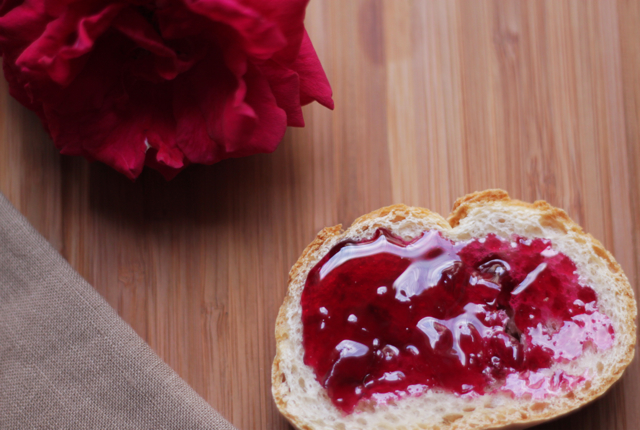
The island of San Lazzaro degli Armeni was a leper colony about a thousand years ago, and then eventually abandoned until 1717 when the Republic of Venice gave the island to a group of Armenian monks to build their monastery. It sits a 15 minute ferry ride from Piazza San Marco, just west of the Lido, neighbouring the Island of San Servolo, now the Venice International University but previously an island for escaped nuns and the insane.
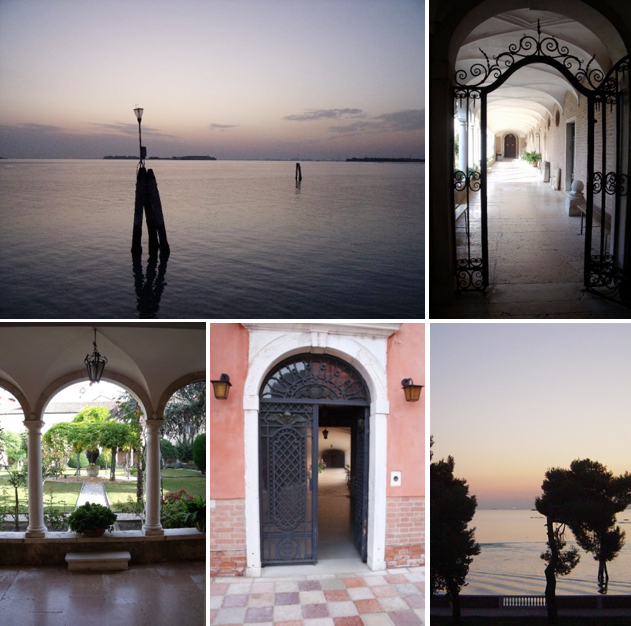
San Lazzaro is small (it probably takes all of 6 minutes to walk all the way around the island), but is just big enough for the Armenian monastery that sits quietly and proudly on the lagoon, where it houses a museum, a vegetable garden, olive trees, rose bushes and, one year I spent there, even a contemporary art exhibit for the Venice Biennale.
The monks of San Lazzaro are known for their roses and more so for their rose petal jam that they make every May when the flowers are in full bloom. The monks are quite private and only allow visitors to come to the island for a guided visit of the monastery once a day at around 3pm. It’s your only chance to get your hands a jar of their rose petal jam, but be warned that the shelves empty very quickly! Failing that, you can make your own if you can get hold of some wild roses, or roses that you know have not been chemically treated.

While the monks always guarded their special recipe secretly, one thing that they did reveal to me was their secret technique – the rose petals have to be massaged to get that beautiful rose perfume and fuchsia colour. Do not be tempted to take a short cut with this recipe and blend the rose petals – it does not come out half as nice, in terms of either colour, texture or taste.
This recipe is adapted of course from Artusi’s 1891 cookbook. It is quite a sweet jam, as the syrup serves to set the jam and to take out the slight bitterness of the petals. The syrup will be somewhat more liquid than you may be used to in a jam, so do not try to overcook it as the brilliant colour of the jam will darken. The monks’ massaging technique actually also helps soften the petals somewhat, as large roses can have thick, velvety, tough petals (wild ones tend to be thinner and more appropriate for this recipe). Artusi notes that the best roses to use are the ones that are in full bloom; in Tuscany these would be the ones in bloom from mid May to the beginning of June.
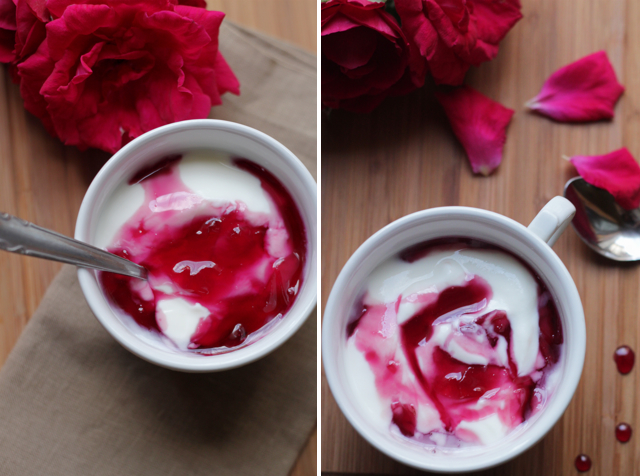
Rose Petal Jam
Makes about 700 grams of jam
- 600 grams of white caster sugar
- 200 grams of rose petals, preferably red or dark pink with a strong perfume
- 600 ml water
- The juice of one lemon
Very gently rinse and drain the rose petals and place them in a large bowl with 200 grams of the sugar and the lemon juice. With your hands, massage the rose petals with this mixture until you reduce the petals to a sort of “paste.” The petals should remain whole, not torn, but with the sugar and lemon they will release colour, perfume and wilt.
In the meantime, add the rest of the sugar to the water and heat in a large saucepan until the sugar dissolves. Add the rose petals and bring to the boil. Allow to boil until the syrup thickens and the petals no longer float (about 30 minutes). Remember this is a jam made from flowers, not fruit pulp! It won’t be jammy, but more a lovely silky syrup. Keep an eye on it, and stir every now and then.
While still hot, place the jam in clean, sterilised jam jars and allow to cool. This delicately perfumed jam is beautiful on fresh white bread or brioche, with or without a little unsalted butter. Stirred into some plain organic yogurt is divine!
Original Website: Rose petal Jam from a Venetian monastery | Emiko Davies


 English
English  中文
中文 
